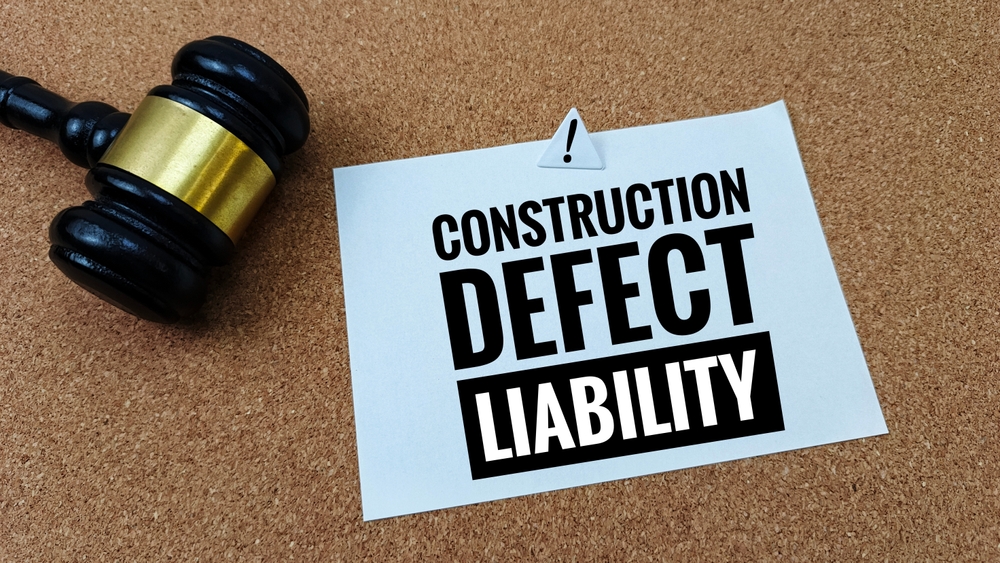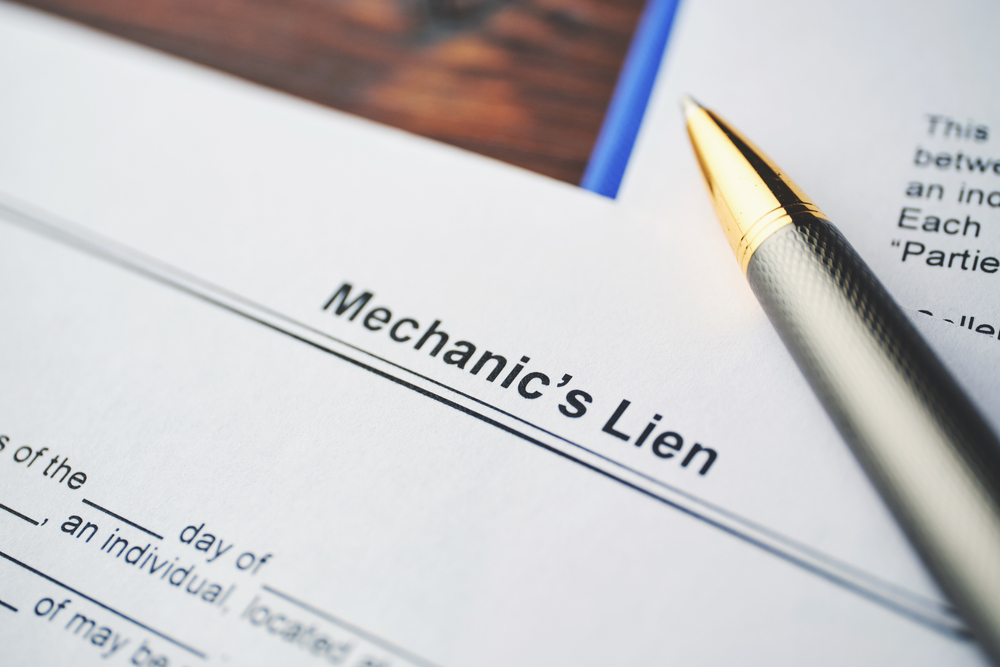

Chapter 2 of Quit Getting Screwed, by Karalynn Cromeens
Lioncrest Publishing
The first rule about subcontracts is…there are no rules. Whatever you sign in a subcontract will be used against you.
“What do you mean I have to pay delay damages of $500 per day for every day the completion date is delayed? That was not in my contract,” exclaimed Amy, from Super Painting Subcontractor.
“Well, it wasn’t in your subcontract, but you did agree to it,” I explained.
“I don’t understand,” sighed Amy.
“In your subcontract, it incorporates the terms of the prime contract, the contract between the owner and the general contractor. That contract has liquidated damages of $500 per day for every day the completion date is delayed. The demand letter you received from your general contractor claims that your company is responsible for the completion date being delayed by fifty days, which means you owe them $25,000.”
Because the prime contract had become part of Amy’s subcontract—even though she had never seen that document, let alone read it—she agreed to its stipulation of paying a $500-per-day penalty for not completing the project on time. Since it took her company fifty days after the date of completion, Amy had to pay the $25,000.
Sounds unfair, doesn’t it? Unfortunately, there is no set of laws or rules in place to protect you and guarantee that the subcontract is fair. In fact, most of the subcontracts I have read are not fair, are one-sided, and do not favor the subcontractor.
The subcontract itself is not the only document that you will be held responsible for. Generally, the subcontract is made up of the following documents:
Notice what is not on the list: your bid. Once you sign the subcontract documents, your bid cannot be used to describe the work you were hired to do. Only the documents contained in the subcontract documents will be used.
In this chapter, we will review these documents, where the dangers are, and how to avoid them.
The prime contract is the contract between the owner and the general contractor. In my opinion, making the prime contract part of the subcontract is BS. What job does the general contractor have if you have to be responsible for its obligations to the owner? They have none of the risk but get all of the rewards. Oh, and by the way, you will be held responsible for all of the terms of the prime contract but not receive any of the benefits, which means that you cannot sue the owner directly for breach of contract, nor can you have a constitution lien by saying that you have a direct contract with the owner.
The clause that incorporates the prime contract will normally be toward the front of the subcontract and will generally look something like this:
Subcontractor agrees to abide by all the “Contract Documents” Contract Documents means (i) this subcontract (ii) the prime Contract (iii) all general, supplementary, and other conditions applicable to the project, (iv) the drawings and specifications, and (v) all standards, requirements, or conditions incorporated into the Contract Documents by reference.
Here is another example of what it might look like:
To the extent of the Agreement between Owner and Contractor (prime agreement) applies to the Work of Subcontractor, Subcontractor assumes toward Contractor all obligations, rights, duties and redress that Contractor assumes toward Owner and others under the prime agreement. In the event of conflicts or inconsistencies between provisions of this Agreement and the prime agreement, this agreement shall govern. Prime agreement will be made available upon Subcontractor’s request.
The best-case scenario is for this provision to be removed, but general contractors are unlikely to remove the incorporation of the prime contract. In that case, here are some ways you can better protect yourself.
The second suggestion will give you constitutional lien rights (which have more leverage than your lien rights as a subcontractor) just like the general contractor has. It will also give you the right to sue the owner directly for breach of contract. If you are going to have the same responsibilities as the general contractor, you should have the same rights as well.
Asking for the prime contract to be removed from your subcontract is not an unreasonable request. Attorneys have added the prime contract to the terms of the subcontract as a “catchall.” Just in case the attorney forgot some term or obligation in the subcontract, it would be picked up by the prime contract. Asking that all of your obligations to the general contractor only be in the subcontract is not an unreasonable request.
I cannot tell you whether the general contractor will change or remove the provision making the prime contract part of the subcontract. What I can tell you is that I’ve had clients who have been financially harmed by the terms of the prime contract because they did not realize that they had agreed to what was found therein.
My goal is to tell you where the risks are. It is your job to decide what risk your company is willing to take.
The plans and specifications, in the most basic terms, are the directions on how to build the project. Each scope of work will have a particular set of plans and specifications to follow. Make sure the same set of plans that you based your bid on are the ones attached to the subcontract. Make sure they have the same date and that you read any bulletins, addenda, or requests for information (RFI) issued since you bid the project.
Normally, the subcontract will have the project schedule as an exhibit/attachment. Review this closely to ensure that they have given you enough time to complete your scope of work. Do not wait to look at this until after you sign the subcontract. Liquidated and/or delayed damages will be based on this schedule. Do not agree to a schedule you cannot complete. Before you sign the subcontract, have the schedule changed to a time frame you know you can complete.
Although we went over the most common documents in a subcontract, there could be others. In order to determine what documents are part of your agreement with the general contractor, you need to read the subcontract and look for the list. It will be in there. Sometimes it has its own heading, like this:
Article 1 the Subcontract Document
The subcontract documents consist of (1) this Subcontract Agreement; (2) the prime contract (the contract between the owner and General Contractor); (3) the Plans and specifications dated 12-1-2019; (4) Modifications issued subsequent to the prime contract, whether before or after the execution of this Agreement; and (5) Modifications to the subcontract.
The statement of the subcontract documents can also be less obvious and look something like this:
The prime contract and the following schedules and attachments are incorporated by reference and made part of this Agreement: Schedule A Plans and specifications; Schedule B Guarantee; Schedule C Contract items; Schedule D Project schedule and Schedule F–K Subcontractor procedures.
In addition to the four documents we highlighted, the subcontract itself will state that you have read and understood the subcontract and all subcontract documents. It will further state that there are no oral agreements outside these written documents; the written documents are the whole agreement between you and the general contractor. This means that whatever someone might have told you will not be part of your agreement and that your only agreement is what is in writing. What someone might have told you does not mean anything.
Take the time to read the subcontract and all of the subcontract documents. Get a copy of the prime contract before you agree to its terms. This will take work and is not easy, but the survival of your company depends on it. If you have questions, ask the general contractor; general contractors are impressed by informed questions. Had Amy requested a copy of the prime contract and read it, she could have negotiated her way out of the ridiculous late penalty of $500 a day and saved her company $25,000.
There is no one out there watching your back when it comes to what you agree to in your subcontract. You are the only one who can do that. In the next chapter, we’ll go over how to watch your back when it comes to subcontractor bonds.
| Key Points |
| 1. The subcontract is not the only document you are responsible for. |
| 2. Do not just agree to the prime contract being part of your subcontract. Request a copy of the prime contract; add language to make sure you get the benefits of the prime contract not just the responsibilities. |
| 3. Make sure the same set of plans and specifications that you based you bid on are the ones attached to the subcontract. |
| 4. Do not agree to a schedule you cannot complete. |
Karalynn Cromeens is the Owner and Managing Partner of The Cromeens Law Firm, PLLC, with over 17 years of experience in construction, real estate, and business law. A published author and passionate advocate for contractors, she has dedicated her career to protecting the businesses her clients have built. Karalynn is on a mission to educate subcontractors on their legal rights, which inspired her books Quit Getting Screwed and Quit Getting Stiffed, as well as her podcast and The Subcontractor Institute.

